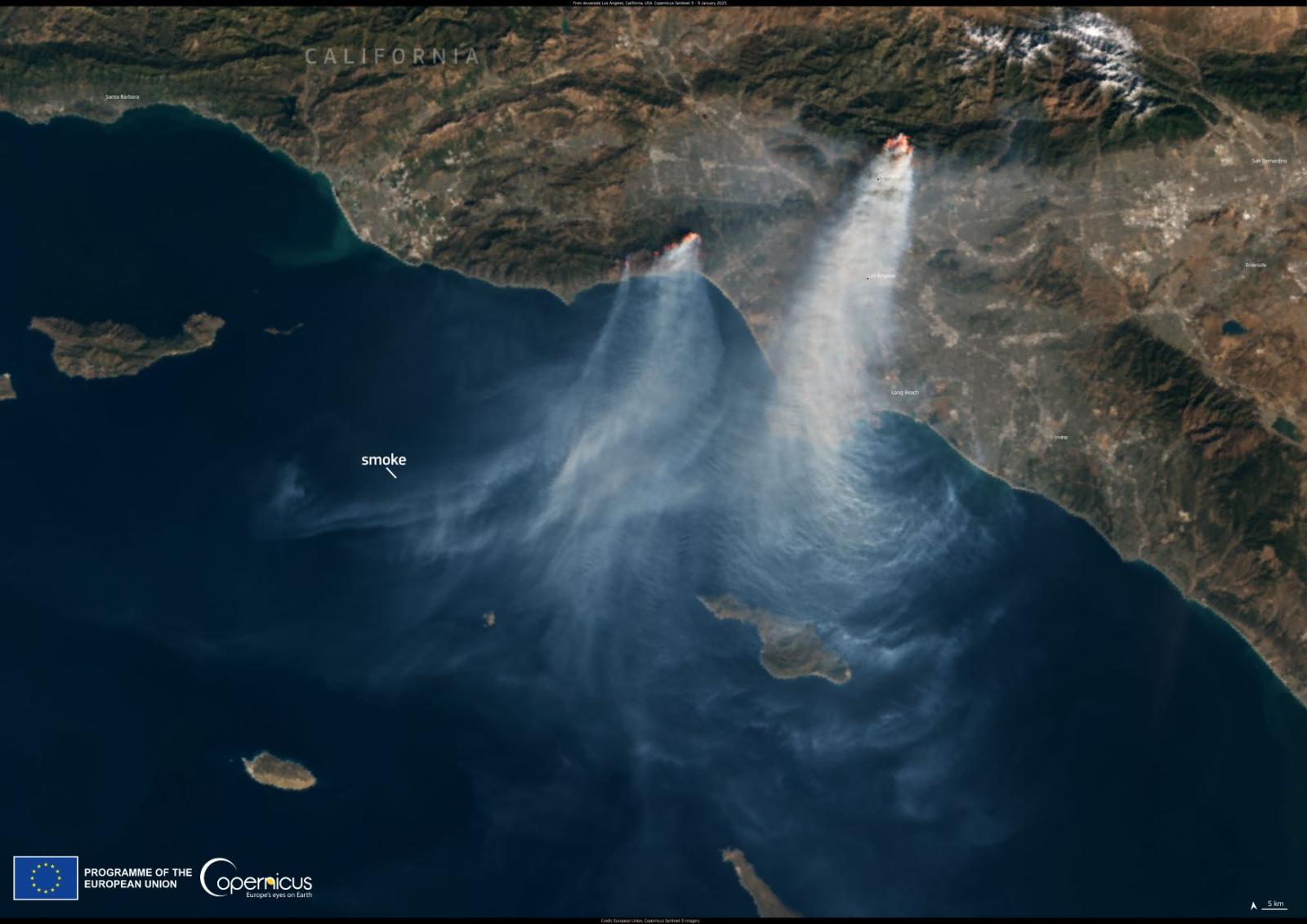The announcement of the discovery of two gas clouds that have formed in the first minutes after the Big Bang was published in Science; the clouds composition confirms theoretical predictions. The leading author of the study is the Italian Michele Fumagalli, from the University of California Santa Cruz, with whom we had a chat and to whom we asked for some clarifications.The discovery is the result of a clever observation technique and excellent performance of the spectrograph at the Hawaiian Observatory WM Keck. Fumagalli and colleagues analyzed two cases in which the light travelling from a very distant quasar crossed a gas cloud along its path.The cloud has left its indelible mark in the light spectrum of the quasar, and this has enabled researchers to trace back the elements that made up the gas cloud, revealing a perfect harmony with the primitive composition of the Universe as predicted by the Big Bang cosmological model.
Was this the result of a fortuitous coincidence, Fumagalli?
Not at all. We are studying in detail the composition of many similar gas clouds. We already knew there was some hydrogen in that part of the universe. The unexpected discovery was the absence of heavy elements observed by using new high-quality spectra of the Keck telescope.
Given the considerable success, I guess you're already looking around for other clouds similar to the two identified.
Absolutely. We're sifting through hundreds of quasars with the same technique and most likely we will be able to find some other clouds with properties similar to the two we have found.
The importance of this discovery has been emphasized by many. Is this due to the novelty of the technique used or is there anything else?
We used a well tested technique which has been used in several studies of the gaseous properties of distant galaxies. What is new and exciting is the discovery of gas that does not contain "heavy" elements. This gas has been predicted by the Big Bang theory, but never observed before. We finally have an experimental confirmation of the theory that the most abundant elements in the universe (hydrogen and helium) were formed in the first minutes after the Big Bang.
The composition of the cloud, then, was inferred from the mark left in the light of the quasar. But how can we be sure that the characteristics you detected are not actually those of the original source?
When the particles of light (photons) travel in space between an object and us, they change color and become more red (the so-called redshift). By examining the spectrum, we can tell precisely which colors are associated with quasars and which are associated with gas. Therefore we know for sure that the gas is not in quasars. In addition, we know precisely the distance of the gas.
The current cosmological model suggests that in the first minutes after the Big Bang hydrogen, helium and a few other light elements were formed. Heavier ones - such as carbon, oxygen and silicon - would be synthesized by the first stars, at least two hundred million years later. Your survey has confirmed the presence of hydrogen and deuterium and the complete absence of heavier elements. What about helium?
Our experiment is not sensitive to helium. Therefore, although we are sure there is helium in the gas, we can not see it with the technique we are using. Still, it was really exciting to come across the first evidence of gas clouds having the same composition as that predicted by the Big Bang theory.
Two very old clouds then, and still untouched, probably the remains of those huge flows of cold gas from which the first galaxies in the Universe draw their nourishment. Cold flows which have only been theorized but never observed so far: who knows, may be the two clouds discovered by Fumagalli team are the tip of this long-awaited iceberg?



